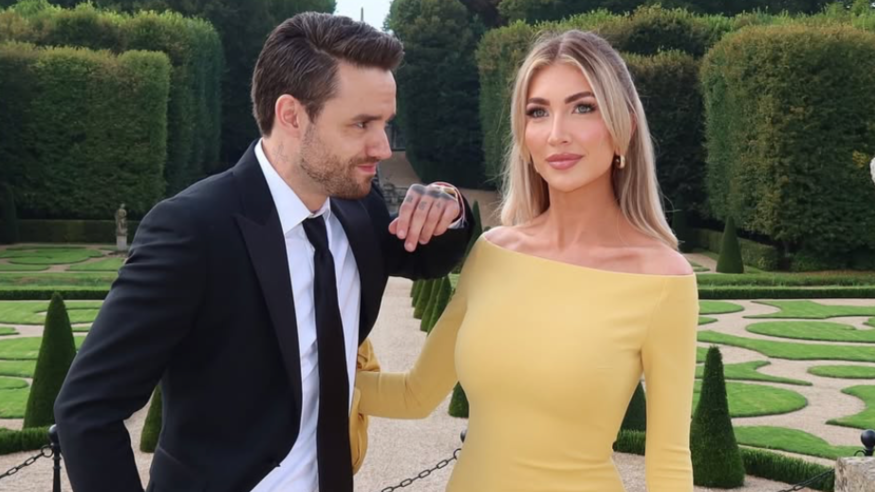Liam Payne's Grieving Girlfriend Blasted Over 'Distasteful' AI Photos Of Late Singer
Grief, social media and generative AI collide as friends and fans clash over posthumous imagery

Grief, technology, and taste collide after Liam Payne's partner shared AI images of the late singer, drawing a fierce backlash from friends and fans.
Kate Cassidy, who has spoken openly about her struggle to come to terms with Payne's death, posted AI-generated images of the couple that some called 'distasteful' and 'unnerving'. The controversy has reopened questions about how artificial intelligence is used in mourning, consent after death, and the responsibilities of those closest to public figures.
Cassidy has defended her action as a way of remembering Payne, while critics, including people described as friends of the singer, have warned that such images risk blurring memory with fabrication.
The Post, the Backlash and Cassidy's Response
Cassidy shared the AI images on her Instagram account as part of a sequence of tributes ahead of the first anniversary of Payne's death, captioning one post with gratitude for the creator and a note that 'AI is such a blessing and a curse'.
The posts, which show highly realistic, edited images of Payne and Cassidy together, were viewed by many followers as an intimate act of remembrance.
But the same images quickly drew sharp criticism online and in coverage by celebrity outlets, with some commentators and alleged friends of Payne describing the choice as 'distasteful' and saying it felt 'completely strange' to see a deceased person rendered in new, fabricated photographs.

The criticism highlights a growing cultural conflict: people who find comfort in digitally recreated memories versus those who see such recreations as an ethical line crossed.
Cassidy has not shied from public grief. In her first televised interview since the tragedy, she spoke candidly about the difficulty of accepting that Payne has died, telling ITV's Lorraine that 'it's hard for me to refer to him in the past tense'.
Her participation in mental-health campaigns and her public recollections of Payne's warmth and openness about his own struggles have framed much public sympathy for her. Those remarks, broadcast on 5 March 2025, remain fundamental to understanding why Cassidy's social-media choices have landed so awkwardly for some observers.
Why AI Images are so Contentious in Mourning
AI-generated renderings of deceased people are a recent phenomenon made possible by advances in generative imaging tools. For those bereaved, such images can feel like an additional private space to grieve; for others, they risk producing a simulacrum that distorts memory and agency.
Ethicists warn that authenticity matters in mourning and that fabricated images may complicate legal, emotional, and social claims about a person's posthumous representation. The argument is not merely semantic: once images are created and shared publicly, they enter the historical and social record.
The debate around Cassidy's posts also raises a technical but pressing legal and moral point: did Payne, as a public figure, ever give consent for his likeness to be used posthumously in this way?
The law concerning posthumous likeness and AI remains unsettled in many jurisdictions, and the answer varies by country and platform policy. Even where legal recourse is limited, public opinion can shape the reputational consequences of such acts, and in this case, friends and fans have publicly pushed back, arguing that fabricated images may feel invasive.
Cassidy herself framed the images as gratitude to the creator; others framed them as a crossing of an invisible boundary.
Cassidy's decision, and the ensuing backlash, are emblematic of a fast-developing problem: how societies allow technology to mediate loss. As generative AI becomes both more convincing and more accessible, families, lawmakers, and platforms will have to decide what constitutes respectful remembrance and where the line is between comfort and fabrication.
Originally published on IBTimes UK
Subscribe to Latin Post!
Sign up for our free newsletter for the Latest coverage!
© Copyright IBTimes 2025. All rights reserved.















